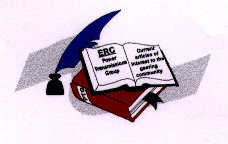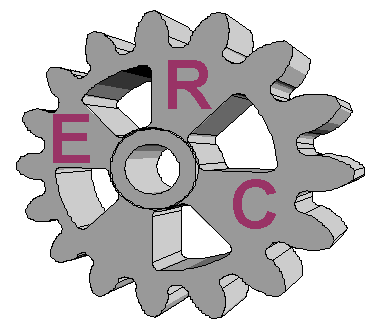

The powder metal process is very well suited to the production of gears. Spur, bevel and helical gears can all be made using the powder metallurgy process.
Among the advantages of producing gears using the p/m process is that special features such as keyways, drive lugs, cam contours, identifying markings, splines and hubs can be incorporated into the part during compaction. P/M parts can be compacted in separate operations, assembled before sintering with the result being a single part.
The process of extrusion of the powder metal gear from the die after compaction enhances the surface finish on that portion of the working area of the gear. This is an automatic advantage using the powder metallurgy process. The overall smoothness and surface reflectivity depend on density of the part and the tool finish.
P/M gears reduce noise levels and provide good sound dampening due to there porous composition. Infiltration or impregnation can further improve these damping characteristics with sound damping materials. The ability to control the density of the gear also helps to control sound damping.
Since tooth configuration is not a problem in the production of tooling for the powder metal process, true involute gear forms are easier to make than by other methods.
Hole location relative to the gear shape itself is affected by the operating tolerances of the various tooling members. This makes it difficult to hold close TIR's on a compacted part. A solution to the TIR control is to grind the gear I.D. true to the gears pitch diameter during a secondary operation.
Note that as the AGMA class of the gear increases, so does the cost of the gear because of the secondary operations required to meet the tighter tolerances. For small-to medium size gears, an AGMA Q7 gear can be produced with no extra operations. A sizing or boring operation will be required to achieve a Q8 or Q9 tolerance. In the production of larger gears (4-6" pitch diameter), the normal p/m process tolerances are greater, resulting in a Q6 gear without any secondary operations.
To avoid having thin tooling members, gear hubs or pinions should be located as far as possible from the gear diameter. This practice will also help eliminate the density gradient that will occur between the hub and root of the teeth causing a potential fracture point in your part.
P/M gears produced using the normal compacting and sintering process have lower impact resistance, fatigue strength and contact stress capability as compared to wrought steel gears. If required p/m gears can be enhanced by a verity of methods such as double-press, double sinter, warm compaction, isostatic pressing and rapid solidification.
Gears should be designed to accommodate small burrs on the teeth edges, this in normal with the powder metallurgy process and will increase with tooling wear. Chamfers on the teeth or a raised boss on the gear face will not allow small burrs to interfere with the proper rotation of the gears.
During the design prototyping process you should be involved with your p/m vendor to make sure your parts are being produced with the type of quality you wish to receive. Be aware that the typical process for the production of gears is to allow the gear to be extruded from the die onto the die table. The extruded part will then be pushed by the powder fill box down a chute to a collection area before being placed in the sintering furnace. This process can lead to missing material on the teeth, large burrs from part collisions and in extreme cases internal fractures. Also be aware of the sintering process itself, if the parts are touching during sintering the particles may form together and during separation leave voids on one part and protrusions on the other. While most gears can be successfully produced without special precautions be aware that if your process calls for the avoidance of the problems described above your interaction with your p/m vendor can result in a solution for common handling problems causing unacceptable parts.
 To enter the article library.
To enter the article library.
 ERC Home.
ERC Home.